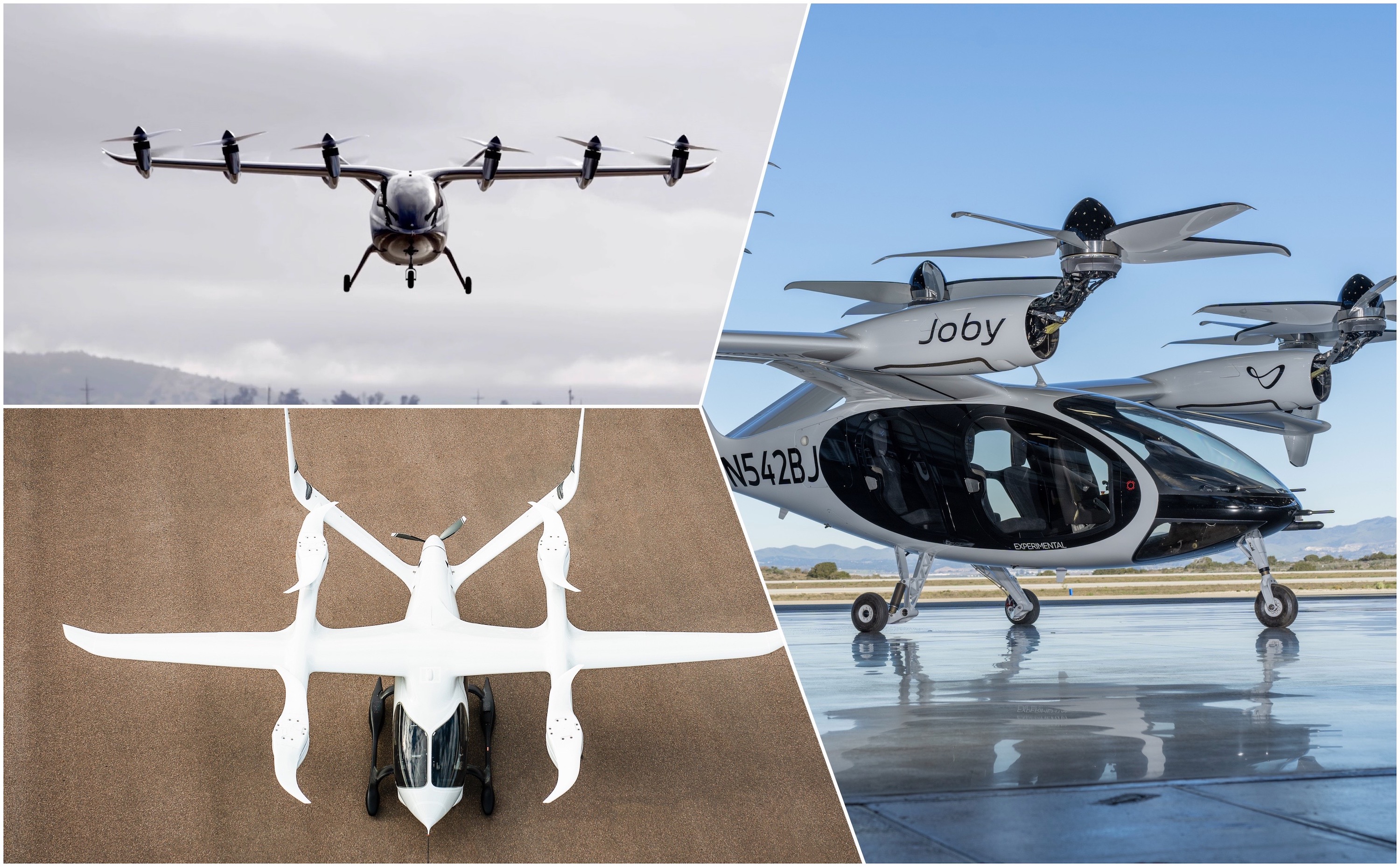What we still don’t know about Archer’s deal with United Along with the release of its Q2 financial results this...
Log-in here if you’re already a subscriber This post appeared as part of our Three Points Newsletter on August 12,...
Log-in here if you’re already a subscriber This post appeared as part of our Three Points Newsletter on August 12,...
Elan Head and Jon Ostrower·
Log-in here if you’re already a subscriber Release DateMay 9, 2022FAA changes course on eVTOL certificationPurchase a PDF of this...
While such deals across the rising eVTOL industry seemingly represent a new aerospace business model in which customers have a stake in the overall success of the product, a detailed review of securities filings and other fine print by The Air Current reveals a far more transactional arrangement. Airlines are lending their branding and credibility in exchange for a possibly lucrative piece of a buzzy market, regardless of whether or not an aircraft will be delivered or even formally ordered.
Elan Head and Jon Ostrower·
For Wisk and its major backers, it’s all or nothing — and if the startup can win a fully-autonomous certification, it offers Boeing a bridge to adapt those technologies to its next-generation airliners, a goal it has eyed since at least 2017.
These findings imply that the first wave of eVTOL developers should focus less on pitching their services as a daily commuting solution, and more on a mix of use cases that can support a practical and profitable roll-out. There’s a chicken-and-egg element involved in scaling UAM: driving costs low enough to create the demand that will drive costs down even further. While there are additional hurdles to scale (such as coordinating thousands of low-altitude flights per day in congested urban airspace) economics will be front and center in establishing this new industry’s viability, and the evidence suggests that if you build a system for commuters alone, they won’t come.
Jon Ostrower and Elan Head·
At first glance, the purchase of 50 new-generation aircraft looks out of character for Allegiant Air, here's why it jumped on the Boeing bandwagon. There's a rivalry brewing between eVTOL entrants Joby Aviation and Archer. The quiet war of words over certification milestones are increasingly important to watch as both eye 2024 for regulatory approvals and the bragging rights for first to fly paying passengers. Emirates 231 wasn't the only incident of its kind. There's no global system of incident reporting -- and that's what makes independent aviation journalism so important.
When Embraer spinoff Eve on Dec. 21 confirmed plans to combine with Zanite Acquisition Corp., it became the sixth company in the urban air mobility space to link up with a special purpose acquisition company (SPAC). Rather than speak to the continued strength of SPACs, however, the deal illustrates the funding vehicle’s decline as an ample source of outside capital — even as it cements Embraer’s strategy of using partnerships to expand into new markets.
GE Aviation and Safran laid out their post-pandemic strategy, a broad technology development plan called RISE aimed at low-emission propulsion for commercial aviation in the 2030s. In a ceremony befitting the cinematic legacy of Southern California, eVTOL entrant Archer unveiled its Maker technology demonstrator. The well-funded start up is part of an industry gold rush that looks a lot like aerial entrepreneurs of the 1920s. Your humble correspondent returned to flying again after 470 days on the ground. But who's counting?
United Airlines wants to fly supersonic with Boom's Overture. "We are pushing the boundaries of what we can do here in commercial aviation.”
No More Content










